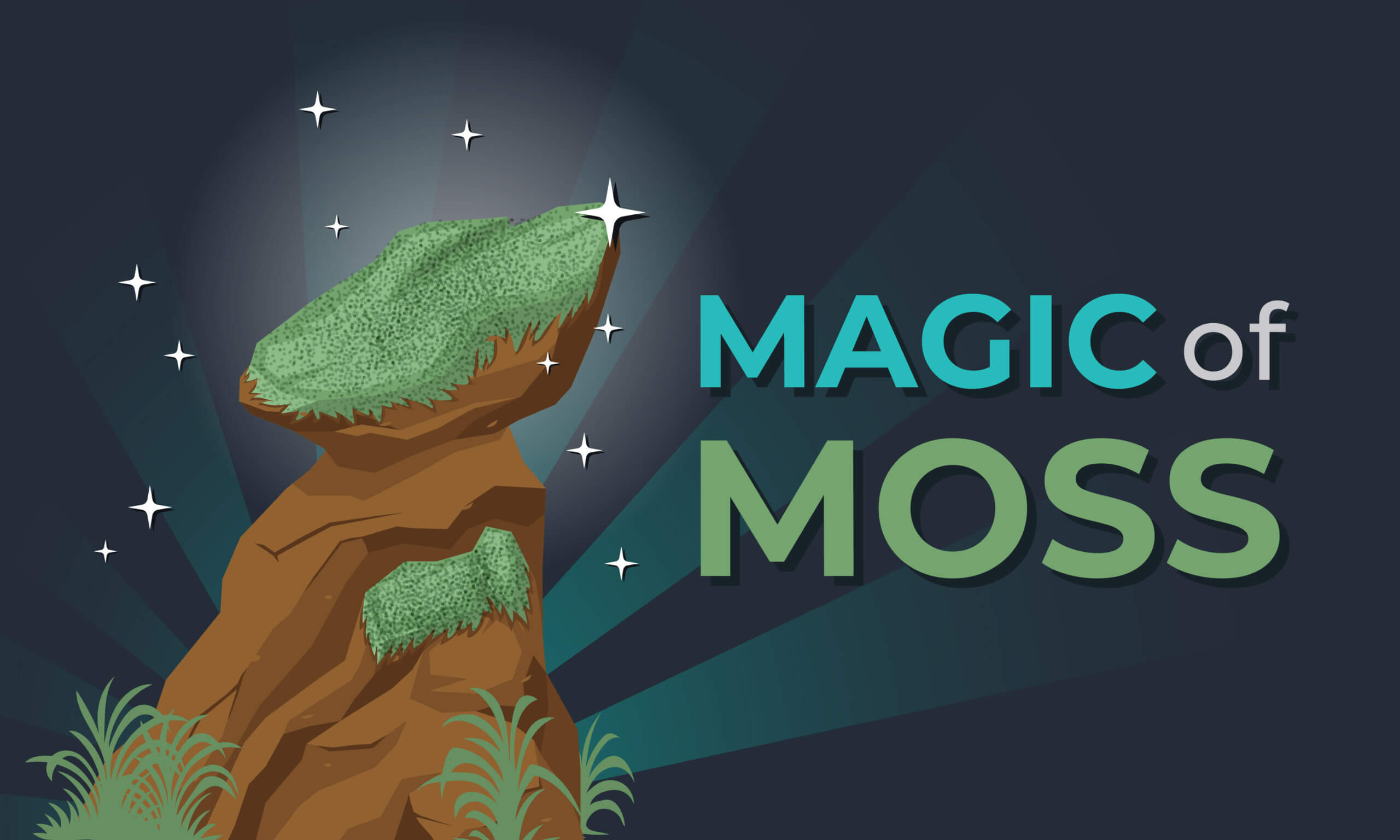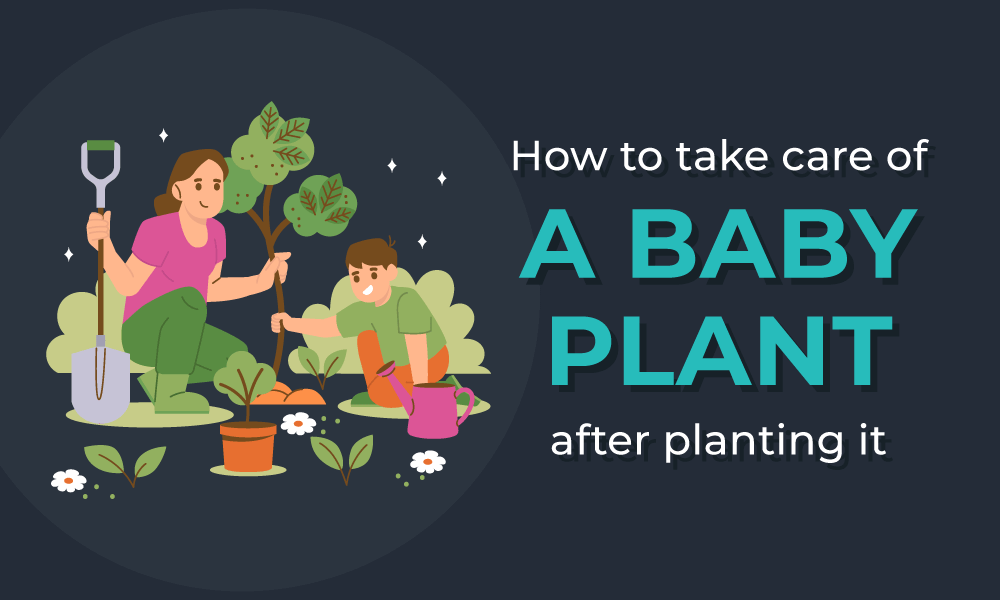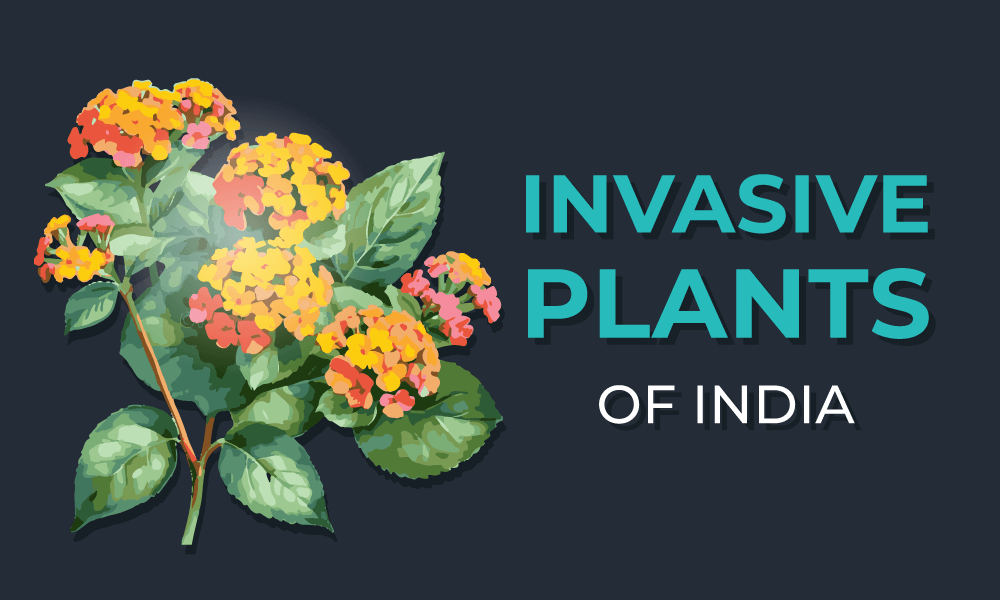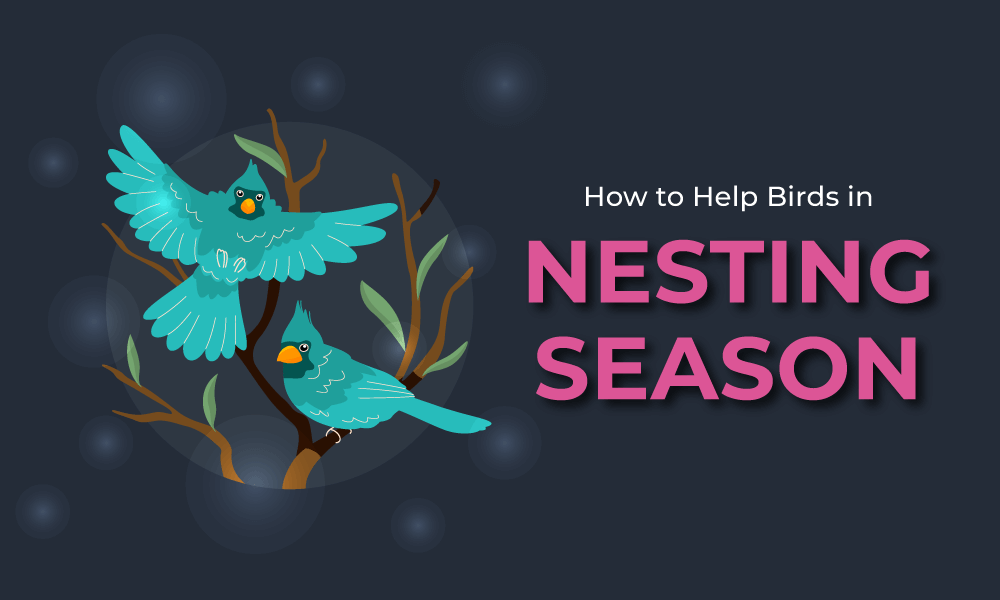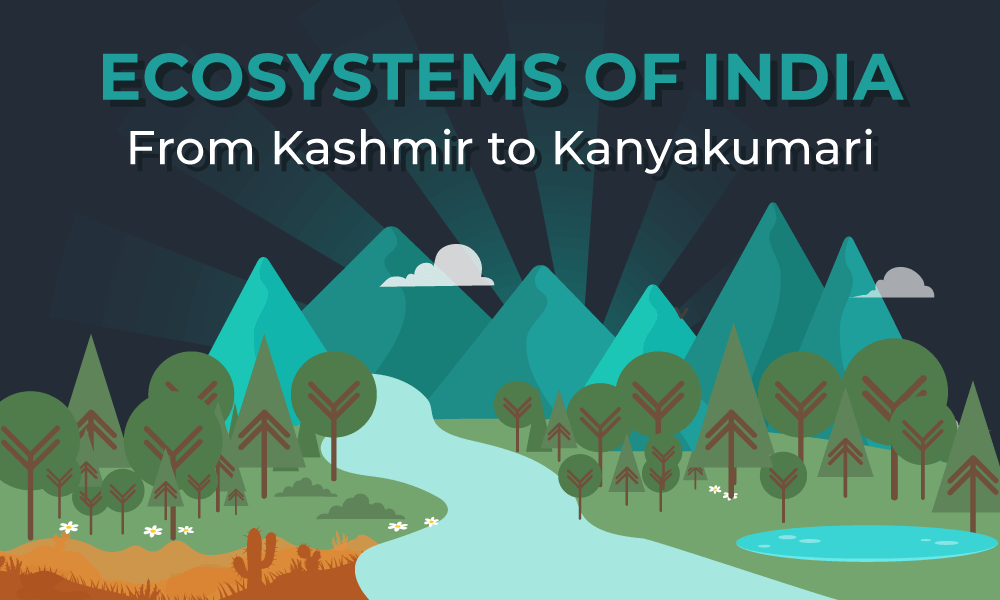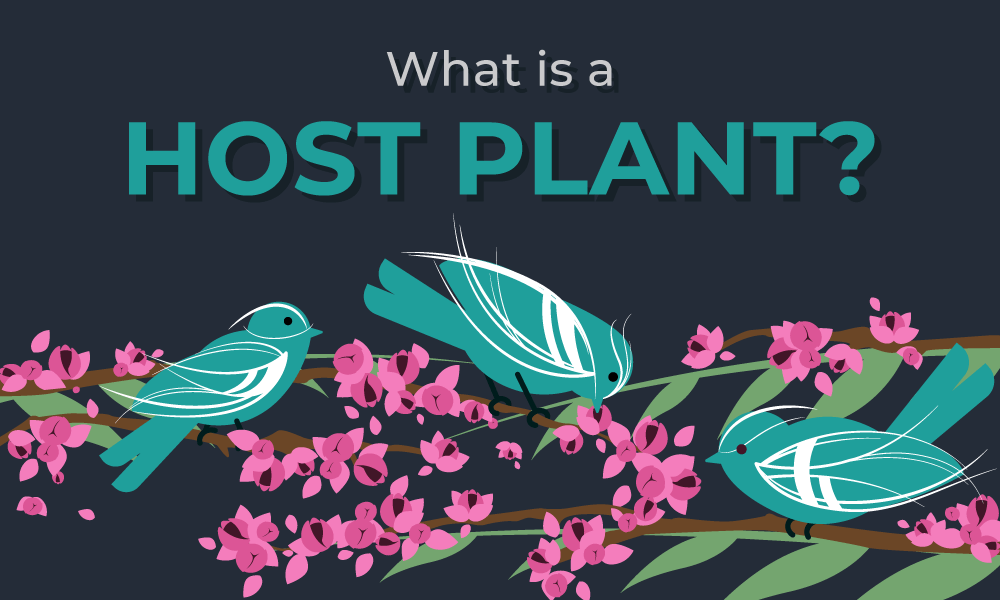I have always been a big fan of fantasy movies where there is always a big mysterious forest full of magic and stories, and one thing in those forests always makes me think if it does exist in real or not, that green fungus growing on the trees because all my life living in a dry over polluted city, I couldn’t remember seeing so many trees so can’t even imagine if trees like that do exits at all, I am talking about moss yes moss, those green velvety things which are everywhere in the monsoon. So let’s find out the Magic of Moss facts.
So what exactly is moss, What is the purpose of moss and, How does it work?
Moss is made up of thousands of tiny individual moss plants that grow together to increase their absorption of water. Moss is a non-flowering plant which means it is very different from all plants you see around yourself all the time, a flowering plant does produce leaves, flowers and fruits, It has roots to get nutrition from the soil and it has leaves to do photosynthesis to make glucose to survive and thrive. But moss follows a different path unlike other plants moss doesn’t have roots and flowers but it does have leaves and do photosynthesis.

Ok so without roots how does it get its nutrition?
Moss absorbs water and nutrition in a couple of ways. Some have highly absorbent surface that allows them to suck in moisture and nutrients from the water that falls over the moss. Others use their roots like structures (rhizoids) which means they couldn’t penetrate the surface like the typical roots but instead they stuck to that surface and suck the water and nutrients from whatever surface they are on to like a tree, rock or pavement. Mosses are limited in size because they can’t transport that much amount of water. They are usually smaller than an inch and the tallest species of moss can grow as tall as 20 inches. Mostly they are green but some are orange and silver and white. There are 15,000 – 25,000 species of mosses on earth
Moss has been on the earth for more than 450 million years which means there was no life form living on the surface of the earth at the time. All the living animals that exist lives only underwater, and in just 40 million years or so moss drew down carbon from the air, and created topsoil for other (vascular) more modern plants, and increased oxygen in the atmosphere to the levels that we still breathe in today.
Now you can imagine the first living animal walking on the surface and feeling moss underneath their fins (cause they still have to develop legs Lol), and dinosaurs walked across continents on moss too, Moss is one of the oldest species to survive the big 5 mass extinction, other major impacts which happen till now and lets hops that our all-time champion will also survive the global warming.
Where is moss usually found?
I have only seen moss in the lush damp forest but are there any other places where they could be found? YES! mosses cover a huge area of the planet, about 9 million square kilometers — equivalent to the area of China. Moss can be found in the desert and the urban polluted cities too, or near the ocean but the difference is that you wouldn’t be able to recognize that it is moss, remember when I said that there are more than 20,000 species of moss so yes they are very different some of them does not even look like moss at all.
Mosses have managed to survive all around the globe but commonly found in wet areas such as rainforests, wetlands and alpine mountains (where it snows most of the time of the year and trees don’t grows because of the height). Mosses are also common in urban areas with a wet climate and are often found on sidewalks, brick walls and other man-made structures. Mosses require water to reproduce which is why they struggle to survive in drier climates but still, some of the moss species are way tougher than we can think.


Is there any dangerous moss?
So far there hasn’t been found any species of moss which can cause any lethal damage to humans but yea there are some species of moss which can cause discomfort in the stomach when you eat it and some of them can cause mild skin irritation but nothing more than that. Even some moss are edible for humans and animals do eat moss so mosses are completely safe to touch and feel.
Magical moss
Warnstorfia fluitan: Moss that can clean arsenic from water in Swedish wetlands, there has been found moss which can clean arsenic from contaminated water, and it just took about an hour to absorb almost 80% of arsenic from the water.
Ever wonder how and why does moss grow on tree trunks while grass does not?
Unlike grass, moss could not get nutrients from the soil so it tries to find a place where it can stick on to, and often trees have more nutrition and keeps the surrounding moist that’s why we often see trees covered with moss. Moss growing on trees is a sign that it’s a healthy area, it shows that there is very less pollution in the air and water.
Why does moss feels so soft?
Moss can absorb up from 20-30 times their weight, it have a spongy type of body structure, it absorbs water from its surface just like a sponge which helps it to holds water, so whenever we touch it it feels velvety and moist
Why moss is green?
Moss tends to be green when it is newly grown, in this stage they have plenty of chlorophyll in their cells. Chlorophyll is a pigment that gives plants their green colouring. In the process of photosynthesis, the pigment chlorophyll absorbs colours like red and blue but reflects green light that’s why moss looks green. but now you would be wondering what about the red or orange moss? Why they are red?
Just like the pigment chlorophyll gives green colour, the pigment anthocyanins give moss and other plants its vibrant red colour.

Give and take of carbon and oxygen
Some species of mosses can absorb up to 20 times their body weight of CO2. This means that a square meter of moss can absorb more CO2 than a mature tree, and it also produces tons of oxygen.
How moss has changed over time
Almost every plant, vine, and leaf you see is originated from moss, yes that’s right. Mosses are among the most primitive(oldest and the most basic) plants on Earth. They are the ancestors of the trees, flowers, ferns and other plants that grow all around us today. Moss took on that journey around 450 million years ago and because of that we have all these lush forests and vegetables and flowers, if we try to understand moss then we can understand the long journey of our trees that leads them here and might even figure out what we should do in future.
Historical fact
During old medieval times, moss has been used to prevent blood loss when women gives childbirth. Historically mosses have been used in cold climates to insulate walls and to cover the spaces between the doors and windows to prevent heat loss. Moss fibres from the Polytrichum commune make durable braiding materials and were also used to fill mattresses. And during the world war soldiers’ wounds were packed with moss not for only to stop bleeding but because of its antiseptic properties also relived in pain.
What makes it different from grass?
Grass is very similar with other plants you see around yourself, it does have roots and flowers but on the other hand, moss is way more complicated than grass, grass does not need a wet environment to survive, but why does moss need so much moisture to survive? It all depends on its biology, moss plant does not have roots hence it cannot carry water through its whole body as the grass do instead moss absorb water from its surface that’s why it needs a wet environment and that’s the major difference between moss and grass.
Final question – Why we are talking about moss? What does it do for nature?
The soil beneath mosses has more nitrogen, phosphorus and magnesium, and a greater activity of soil enzymes than bare surfaces with no plants on it. Moss helps in erosion by stabilizing soil and reducing flooding by absorbing lots of water inside. Their roots like structures can hold on different materials like clay, gravel and sand.
Mosses are important for storing carbon and could help fight against climate change, Moss can stores 6.4 gigatons of carbon in the soil. In some ecosystems, mosses are the primary plants that are responsible for establishing soil layers, providing nutrients and creating habitats for microorganisms to thrive and provide a perfect environment for new seeds to germinate. Mosses are the plants that help break down dead plants even rocks and create other useful matter for other species to thrive.
A typical moss wall can filter out 80% of airborne pollutants from rainwater. Mosses have no choice but to absorb air and moisture, when available. Mosses collect lots of unwanted particles such as dust or bacteria too. This makes them wonderful air purifiers.
Read more: SHOCKING FACTS ABOUT TREES
If you have some suggestion on which we should write or you have any query and something else you can contact us. Please do share this blog with your family, friends, and others so they can also know about Magic of Moss facts.

